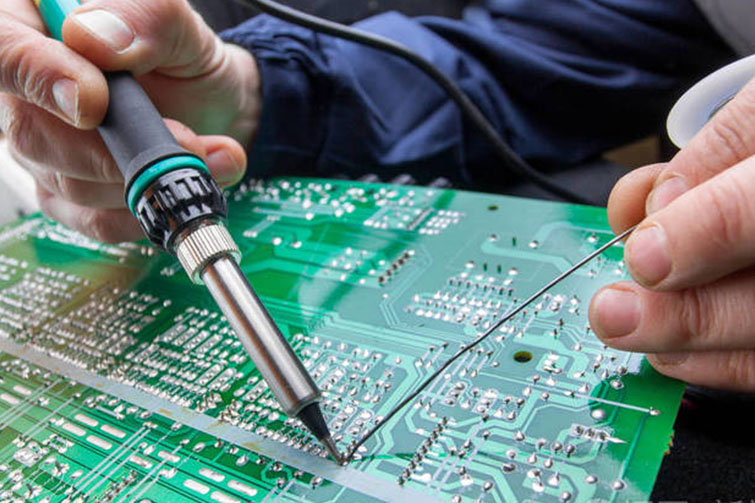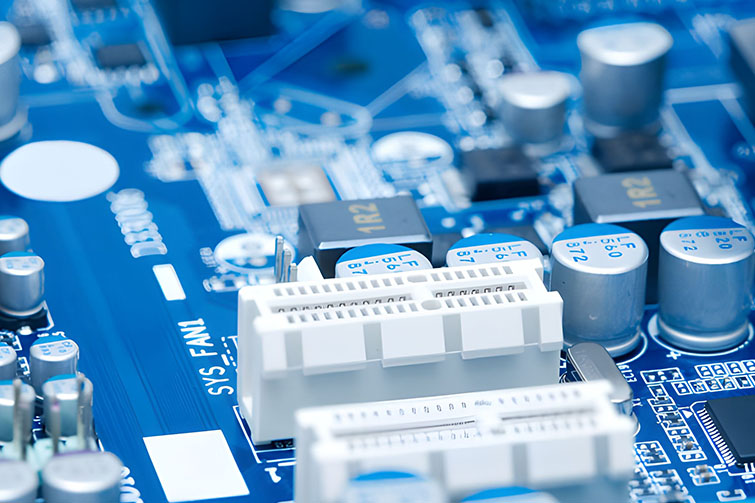

How to Choose a High-Frequency Soldering Station
High-frequency soldering stations have become essential tools for professionals and hobbyists working on precision electronics, including printed circuit boards (PCBs), surface-mount devices (SMDs), and intricate wiring projects. These soldering stations offer superior temperature control, fast heat recovery, and stable performance, making them ideal for tasks requiring consistent, high-quality soldering.
When selecting a high-frequency soldering station, it's important to consider several factors to ensure it meets your needs. This guide will highlight the key aspects to keep in mind when making your decision.
1. Temperature Control and Stability
One of the primary advantages of a high-frequency soldering station is its ability to offer precise temperature control. When choosing a station, look for one that provides adjustable temperature settings and accurate temperature monitoring. The ideal soldering station should be able to quickly reach the set temperature and maintain it consistently throughout the soldering process.
Modern high-frequency soldering stations often have digital displays that show the exact temperature, which is helpful for ensuring that you're working at the correct temperature for different types of solder and components. Consistent heat is crucial, as fluctuations can lead to weak joints or damage to sensitive components.
2. Power and Heating Speed
Power is another crucial factor when selecting a high-frequency soldering station. The higher the power, the faster the soldering iron can heat up and recover its temperature during use. This is especially important for tasks that involve large or high-thermal-mass components, where a lot of heat is quickly drawn away from the soldering tip.
Typically, high-frequency soldering stations have power ratings between 70W and 150W. For most electronic projects, a station in the 80W to 120W range provides ample power for both delicate and larger soldering tasks. More power also means that the iron can recover its heat faster after making contact with a component, ensuring consistent soldering performance.
3. Tip Variety and Compatibility
Soldering tips come in various shapes and sizes, each designed for different applications, from fine-pitch SMD soldering to larger joints. When selecting a high-frequency soldering station, ensure that it comes with or is compatible with a wide variety of tips. This will allow you to switch between different tasks, whether you're working on tiny, intricate connections or larger, more robust components.
Look for stations that allow for easy and quick tip changes without the need for special tools. Compatibility with third-party tips can also be an advantage, as it may offer more variety and potentially lower costs for replacement tips.
4. Ergonomics and Comfort
Soldering can be a time-consuming and detailed process, so it's essential that the soldering iron is comfortable to use over extended periods. A lightweight and ergonomically designed soldering iron will reduce hand fatigue and increase your precision during soldering tasks.
Additionally, consider stations that come with a flexible cord connecting the soldering iron to the main unit. A rigid or heavy cord can be cumbersome and limit your movement, making it harder to reach certain angles or positions.
5. Safety Features
When working with electronics, safety should always be a priority. Look for high-frequency soldering stations that offer built-in safety features like ESD (Electrostatic Discharge) protection to prevent static electricity from damaging sensitive components. Auto-sleep and auto-shutdown functions are also valuable as they reduce power consumption and minimize the risk of overheating or accidents when the station is left unattended for a period of time.
In addition, stations that come with heat-resistant soldering stands and tip-cleaning mechanisms can prevent accidental burns and extend the lifespan of your tips.
6. Price and Build Quality
High-frequency soldering stations come in a wide range of prices, from budget models for hobbyists to professional-grade stations with advanced features. When making your selection, consider your specific needs and how often you'll be using the station. For occasional or light use, a mid-range soldering station with basic temperature control and a few tip options might be sufficient.
However, if you're a professional or work on soldering projects frequently, investing in a higher-end station with more power, faster heat recovery, and better durability will pay off in the long run. Check reviews and feedback on the build quality and longevity of the unit before purchasing.
7. Brand Reputation and Support
Finally, the brand reputation and after-sales support are essential considerations. Well-established brands often offer better quality control, more reliable products, and access to replacement parts or accessories. They may also provide longer warranties and better customer support in case you encounter any issues with your station.
If possible, opt for a brand that has a strong presence in your region to ensure that replacement parts and technical support are readily available.
Conclusion
Choosing the right high-frequency soldering station depends on your specific soldering needs, frequency of use, and budget. Prioritize stations with precise temperature control, good power output, and a variety of compatible tips to cover a range of tasks. Ensure that the soldering iron is ergonomically designed and includes safety features to protect both you and your components. With the right station, you can enhance the quality of your soldering work and improve your efficiency on any project.






